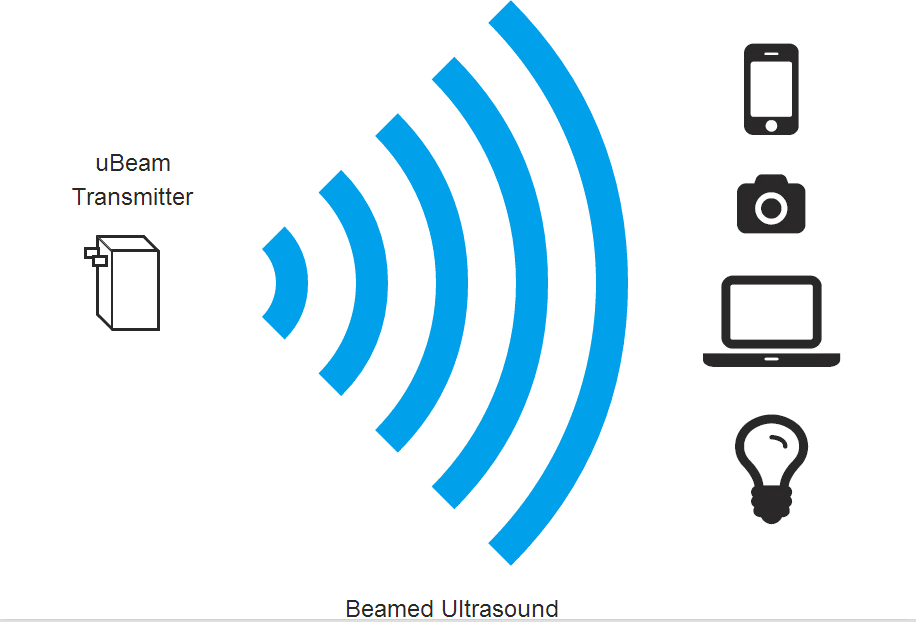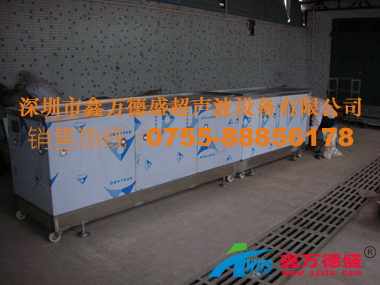Selection of ultrasonic cleaning equipment
● Common ultrasonic frequencies and their applicable ranges:
Generally speaking, frequencies greater than 20KHZ can be considered as ultrasonic waves.
2. The ultrasonic frequency used for cleaning purposes is generally between 25KHZ and 130KHZ, and the commonly used working frequencies are 28KHZ, 33KHZ, 40KHZ, 80KHZ, 100KHZ, 120KHZ, etc.
3. In theory, the higher the frequency, the higher the cleaning density, and the higher the cleaning cleanliness, but the relative strength is smaller. It is mostly used for precision cleaning. The lower the frequency, the opposite is true. So the working frequency below 40KHZ is generally used for cleaning ordinary industrial parts or situations with a lot of dirt, such as oil and wax removal of hardware and mechanical parts. Working frequencies above 40KHZ are mostly used for precision cleaning of precision parts, such as optical/optoelectronic glass devices and semiconductor materials/devices.
The scope and equipment application of ultrasonic cleaning:
1. Ultrasonic cleaning has a wide range of applications, and with the development of industrial technology, the requirements for cleanliness of various industrial parts are also relatively increasing. Especially in the optoelectronic and semiconductor industries, the cleanliness requirements have reached the um level.
2. The working frequency of the high-frequency cleaning machine is 40KHZ, 80KHZ, 100KHZ, 120KHZ, 130KHZ specifications, mainly suitable for cleaning precision industrial parts, such as LCD display devices (STN, TFT, PDP, etc.); Semiconductor silicon wafer; Hard disk drive; Electric vacuum devices, etc.
Selection of ultrasonic cleaning machine:
Firstly, it is important to understand that ultrasonic cleaning is a cleaning method, and to complete the cleaning of workpieces, a complete cleaning process and its supporting projects are required. It includes possibly more than one cleaning method and supporting cleaning environment (temperature, cleaning solution, gas, etc.).
2. Choose a suitable and reasonable cleaning process. The shape, material, manufacturing process, cleaning agents, and usage environment of different workpieces are all related and have an impact. To achieve the cleanliness requirements for workpiece cleaning, the structural manufacturing process and supporting means (including water, electricity, etc.) of the cleaning equipment must be comprehensively considered.
3. Consider purchasing relevant equipment at a reasonable cost while ensuring the cleaning effect is achieved. Reasonable costs include the manufacturing and usage costs of equipment, as well as factors such as work environment, personnel configuration, and operational performance.
Disclaimer:The authenticity of this information has not been verified by our website and is for your reference only. The purpose is to convey more information; If there is any error, error, or infringement, please contact us via email( chinavta@szxwds.com )We would greatly appreciate it if you could promptly notify us of the error, error, or infringement, and we will promptly make corrections or deletions.



